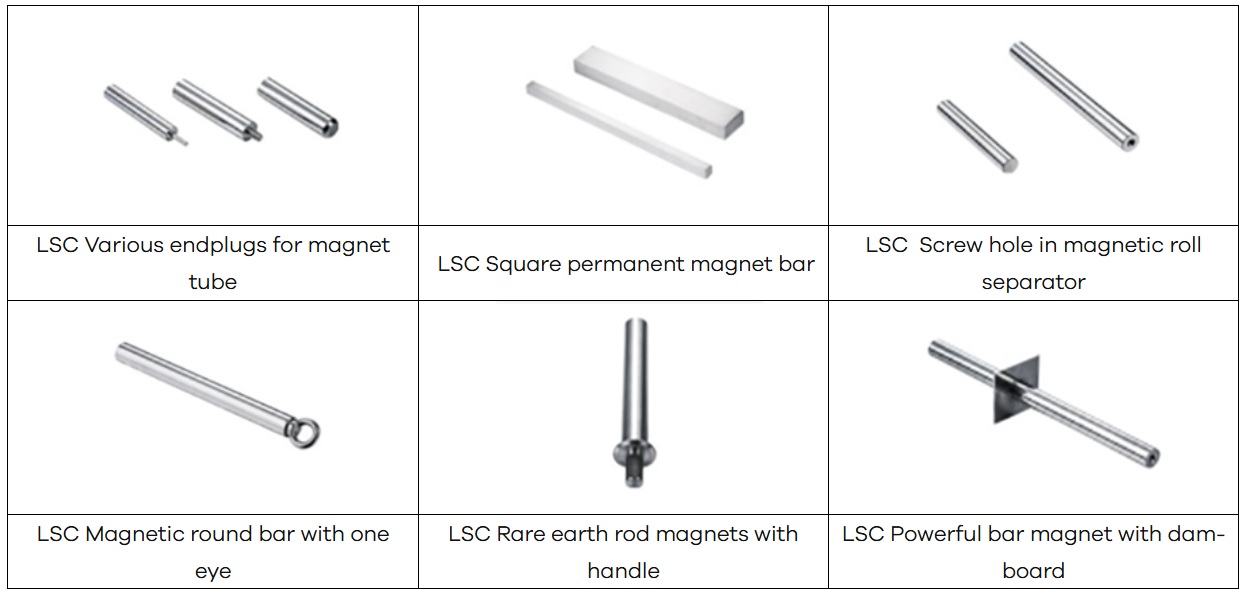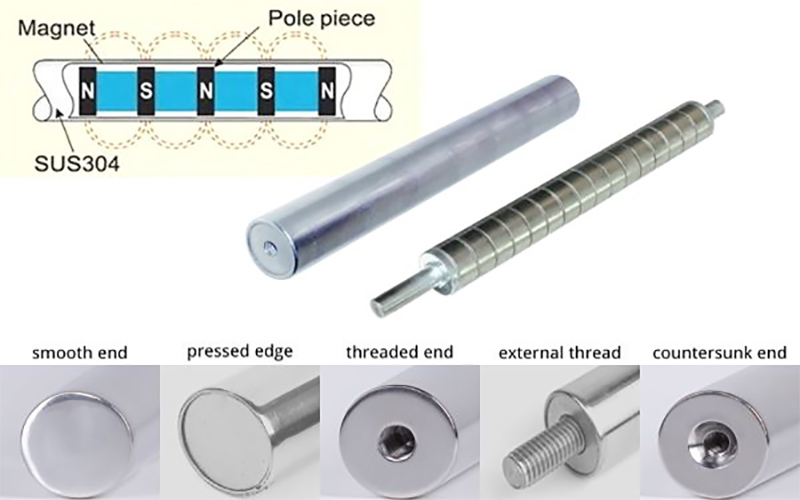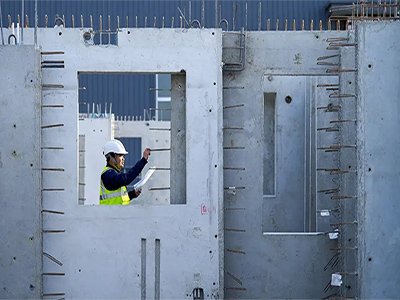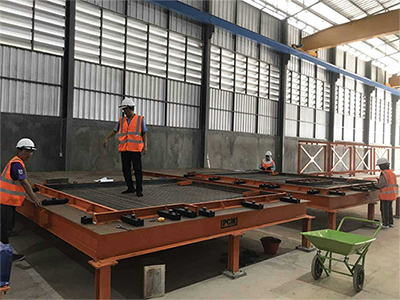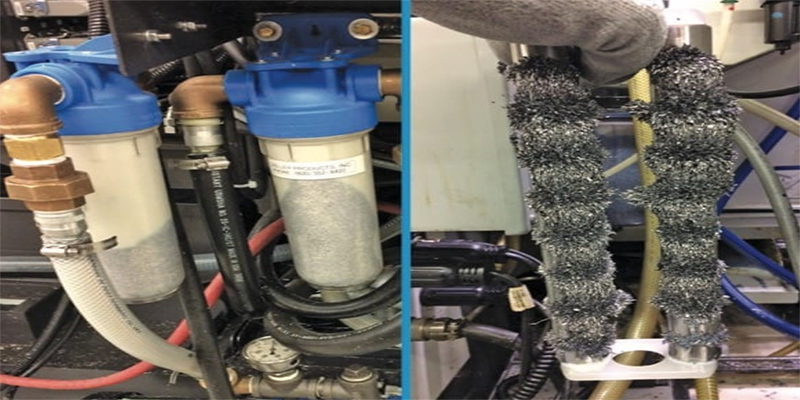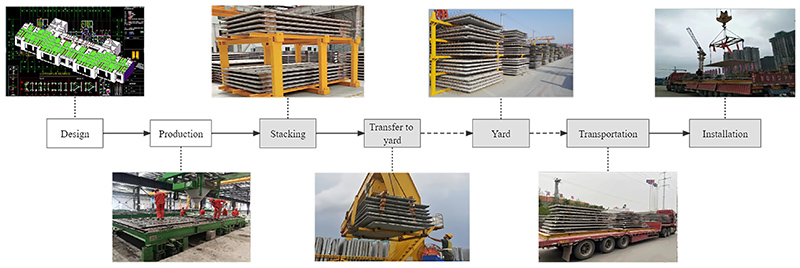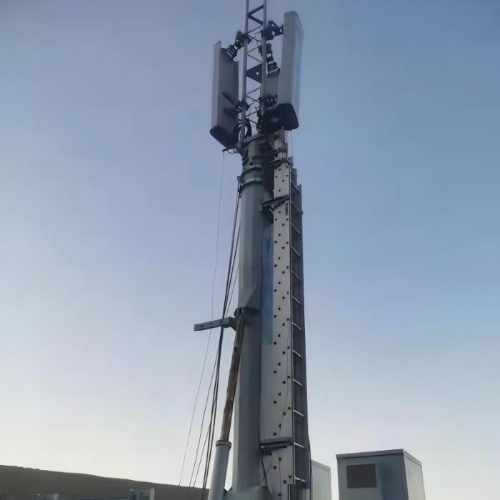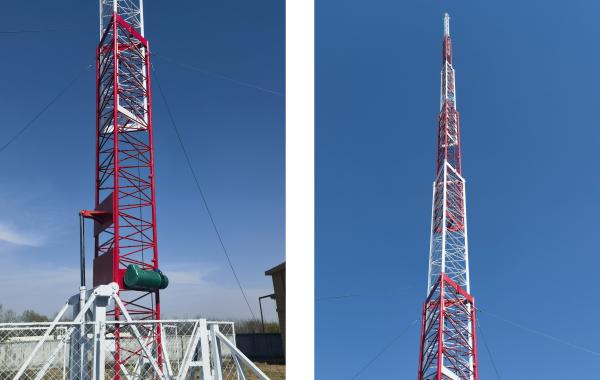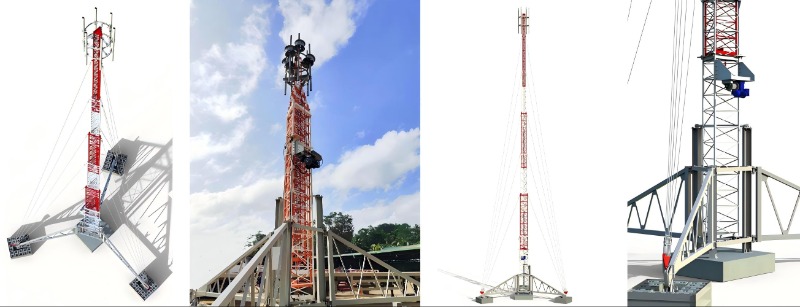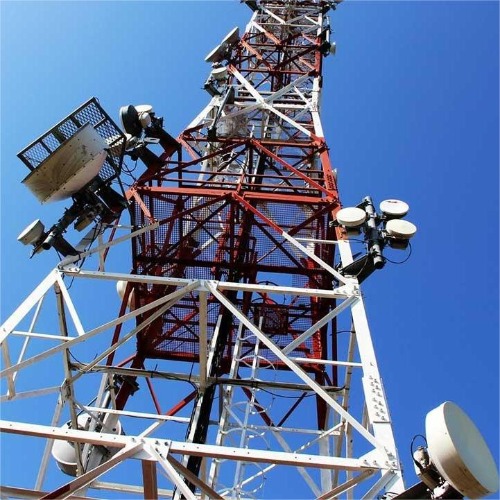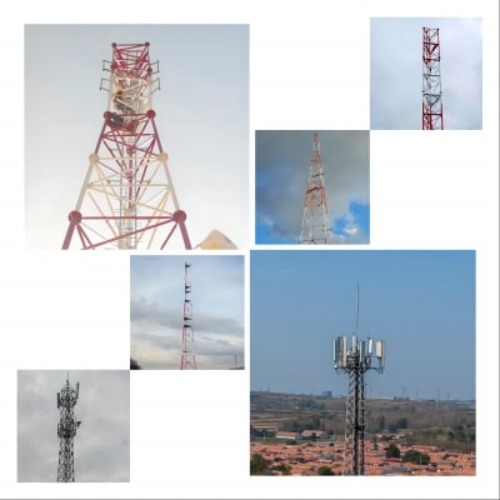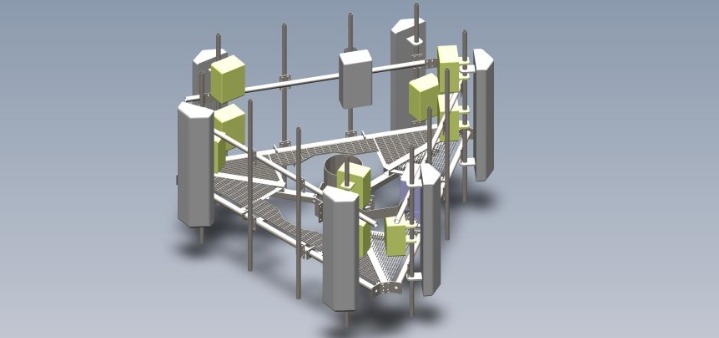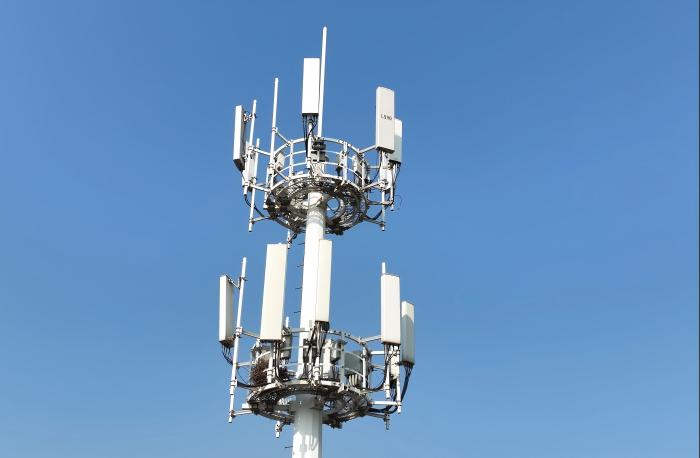Rod magnets, the "long-distance runners" in the magnetic world, have become indispensable components in various industries and applications, from speakers, sensors, motors to magnetic therapy equipment, with their clear magnetic field direction, good axial action distance, excellent stability and economy. Although they may be surpassed by more modern powerful magnets in terms of absolute magnetic strength, rod magnets are still an irreplaceable and practical choice in areas that require directionality, long action distance, high temperature stability and low cost.
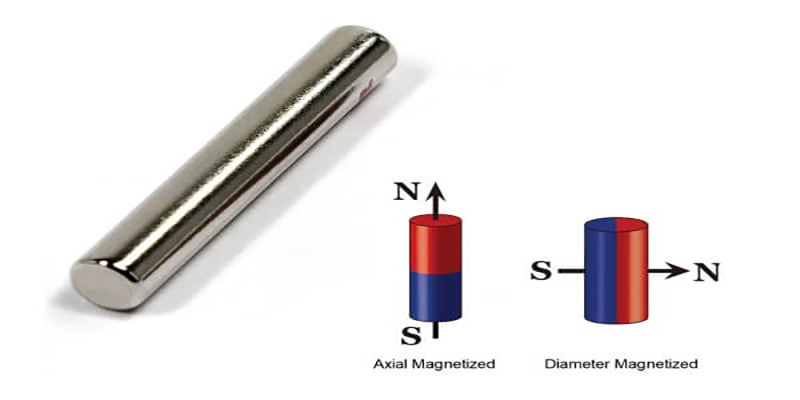
What is a bar magnet?
A bar magnet, as the name implies, is a long (cylindrical or cuboid) permanent magnet. It is one of the most basic and intuitive forms in the permanent magnet family. Its core physical properties are:
* Clear pole distribution: The two ends of the bar form a stable North Pole (N) and South Pole (S), which are the areas with the strongest magnetic force.
* Directivity of magnetic field: The magnetic field mainly extends along the long axis of the bar, forming a clear closed magnetic flux line between the two poles. The magnetic field in the middle area of the bar is relatively weak.
* Material composition: The most common material is ferrite (ceramic magnet) because of its low cost, good corrosion resistance and stability. Neodymium iron boron (NdFeB) or aluminum nickel cobalt (AlNiCo) are used in high-performance applications, which can provide stronger magnetic force.
Core performance and unique charm
1. Directed magnetic field, clear and controllable: Its long strip structure naturally guides the direction of the magnetic field, and the two poles are clear, which makes it very advantageous in applications that require magnetic force in a specific direction (such as sensors, magnetic stirring).
2. Balance between strength and size: Although the magnetic force per unit volume may not be as good as some compact magnets (such as square magnets), by increasing the length, it can achieve a significant magnetic range in a specific direction.
3. Strong and durable: Especially sintered ferrite rods, which have excellent corrosion resistance, temperature stability (operating temperature can reach 250°C or even higher) and physical hardness, are not easy to demagnetize, and have a long service life.
4. Economical and practical: Ferrite rod magnets are one of the most cost-effective permanent magnets and are suitable for large-scale applications.
How to make it?
There are two main processes for making rod magnets:
1. Sintering process (mainstream):
* Raw material mixing: Mix ferrite (SrFe12O19 or BaFe12O19) or rare earth magnetic powder (such as NdFeB) with a binder, etc.
* Pressing: The mixture is pressed into a rod-shaped mold under a strong magnetic field. Magnetic field orientation is a key step, which makes the easy magnetization axis of the magnetic powder particles align along the length of the rod, giving the magnetic rod anisotropy (that is, the magnetic properties are optimal along the length).
* High-temperature sintering: The pressed green sheet is sintered and solidified in a high-temperature furnace (about 1200-1300°C for ferrite and about 1000-1100°C for NdFeB) to form a dense microcrystalline structure.
* Magnetization: The cooled "green sheet" is placed in an ultra-strong pulsed magnetic field for magnetization to activate its magnetism.
* Surface treatment and testing: Coating (such as epoxy, zinc, nickel) may be applied to enhance corrosion resistance, followed by strict dimensional, appearance and magnetic performance testing.
2. Bonding process:
* Mixing magnetic powder (such as ferrite, NdFeB or SmCo) with plastic (such as nylon, rubber) or resin.
* Made into a rod shape by injection molding or compression molding.
* The advantages are that complex shapes can be manufactured, high dimensional accuracy, and good toughness; the disadvantages are that the magnetic properties are usually lower than sintered magnets of the same material, and the temperature resistance is poor.
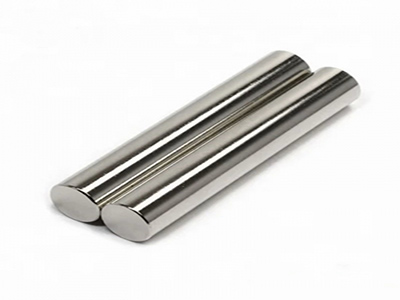

Ubiquitous:
Bar magnets are active in many fields due to their unique shape and stable performance:
* Education and demonstration: A classic teaching aid for physics classrooms to demonstrate magnetic poles, magnetic field lines, and magnetic interactions.
* Industrial sensing and detection:
* Magnetic sensors: Used to detect position, speed, and rotation speed (such as automotive ABS wheel speed sensors).
* Door magnetic switches: The core component for detecting the open and closed status of doors and windows in security systems.
* Magnetic separators: Adsorb and remove ferromagnetic impurities in recycling, mining, and food processing.
* Electronics and electrical:
* Speakers/receivers: Key components for providing a constant magnetic field inside traditional dynamic speakers.
* DC motors: Rod magnets are used in some small DC motors (such as toy motors) to provide a stator magnetic field.
* Magnetic stirrers: The core of the stirrer (often wrapped in Teflon) is the magnetic bar, which is driven by a rotating magnetic field at the bottom of the beaker.
* Daily necessities: magnetic door curtains, tool box fasteners, magnetic hooks, etc.
* Medical and scientific research: They are also used in some experimental equipment and simple magnetic therapy equipment (scientificity and standardization should be noted). They can even be found in some early or auxiliary components of magnetic resonance imaging (MRI) systems.
